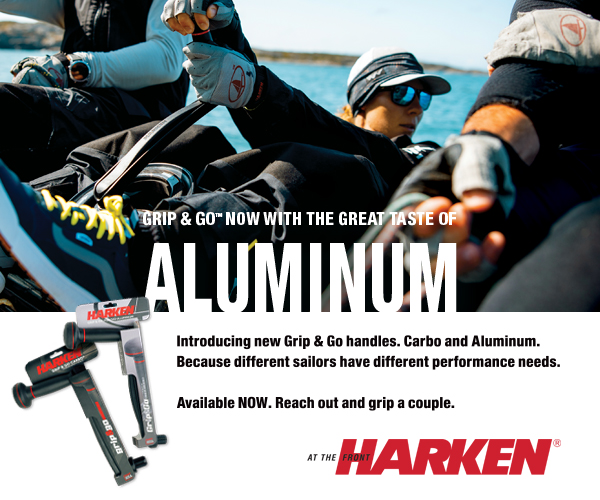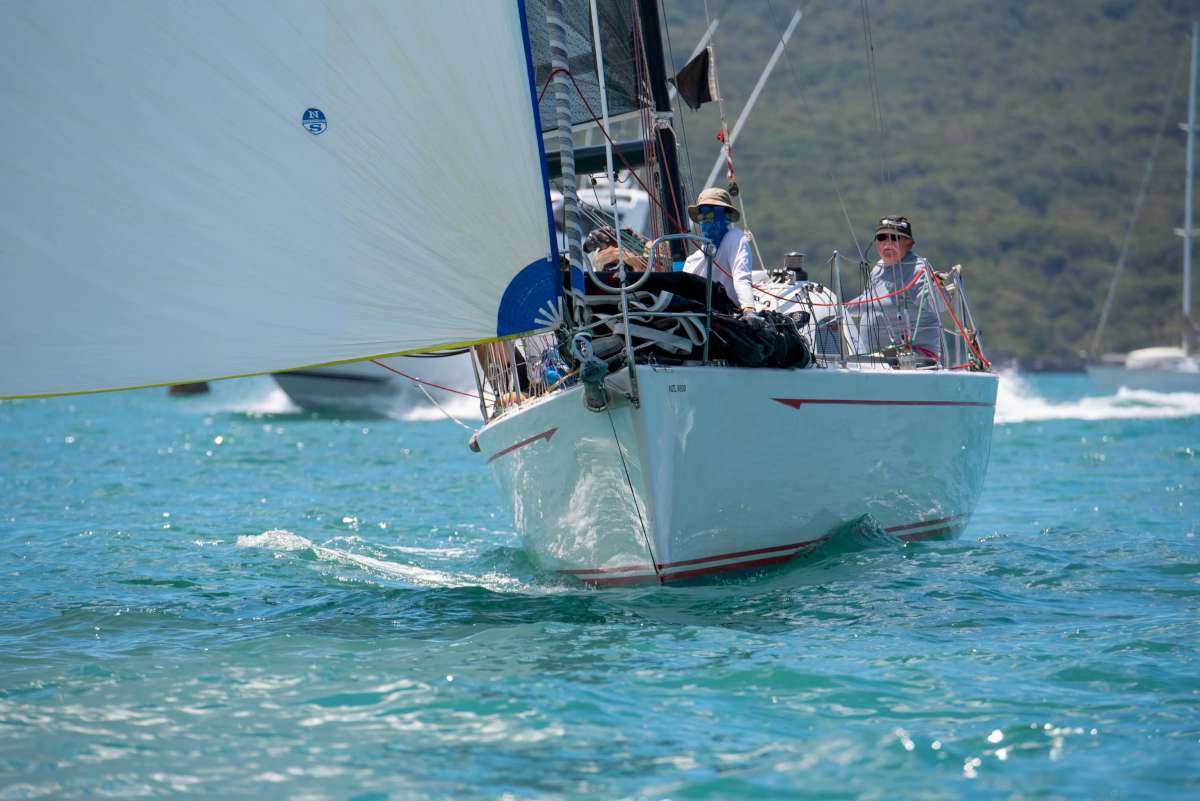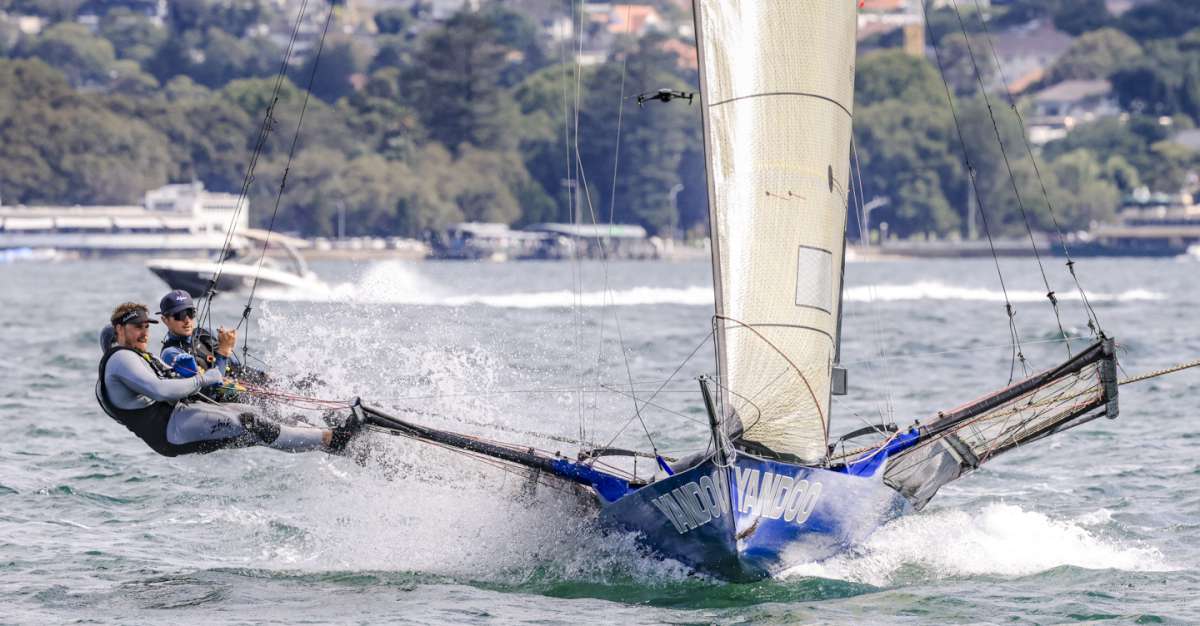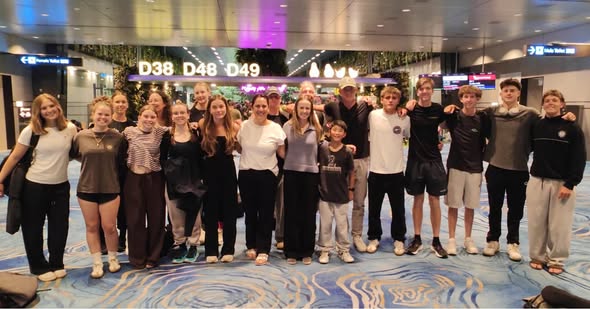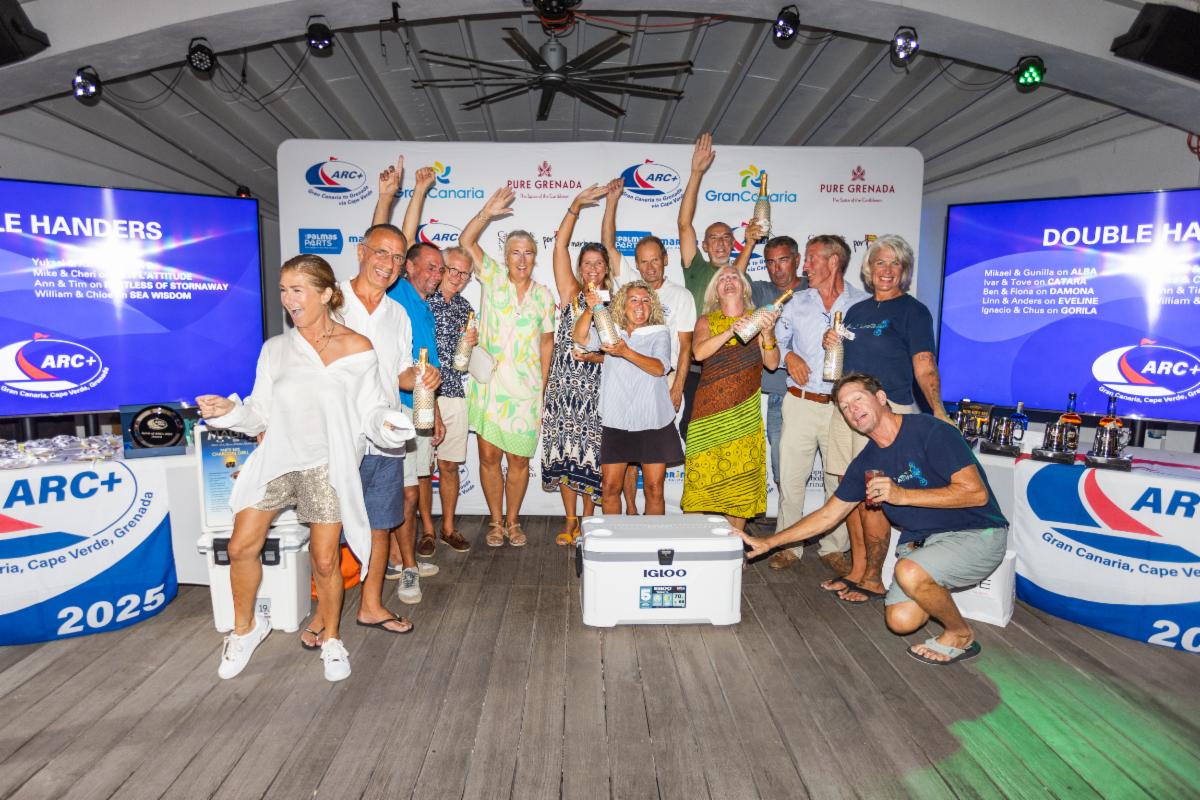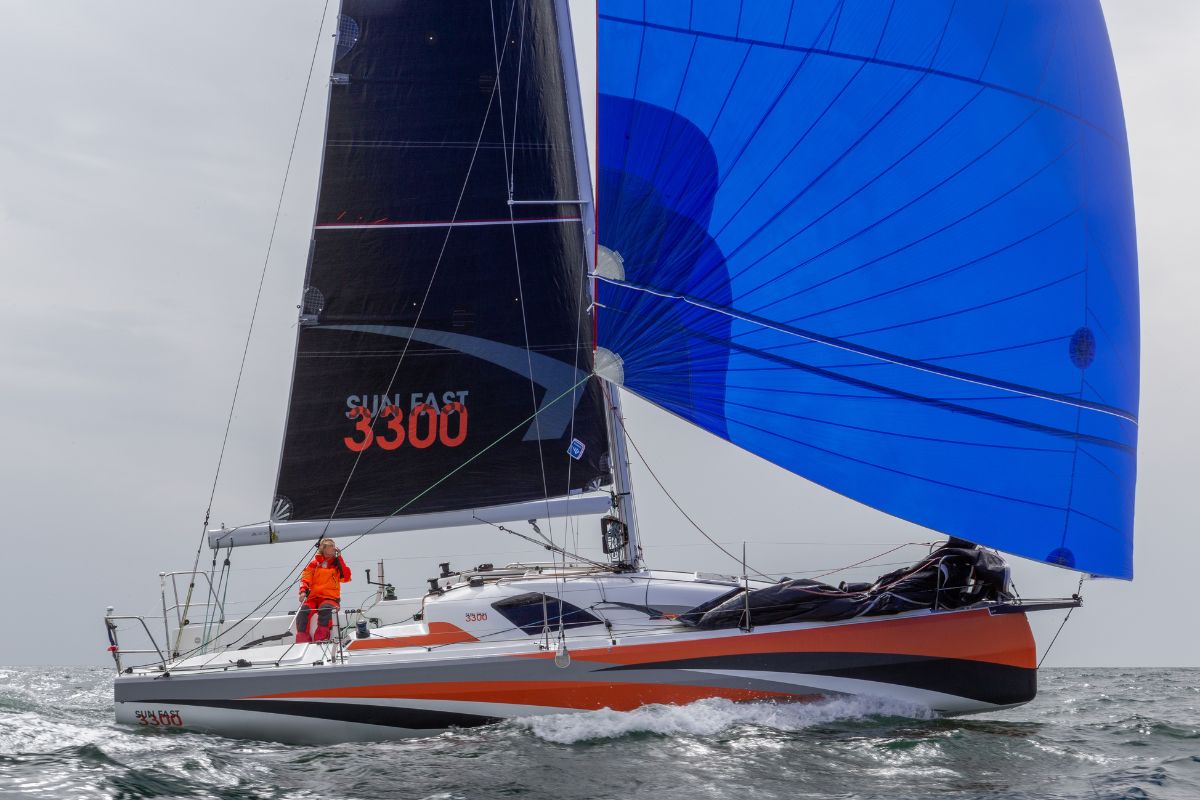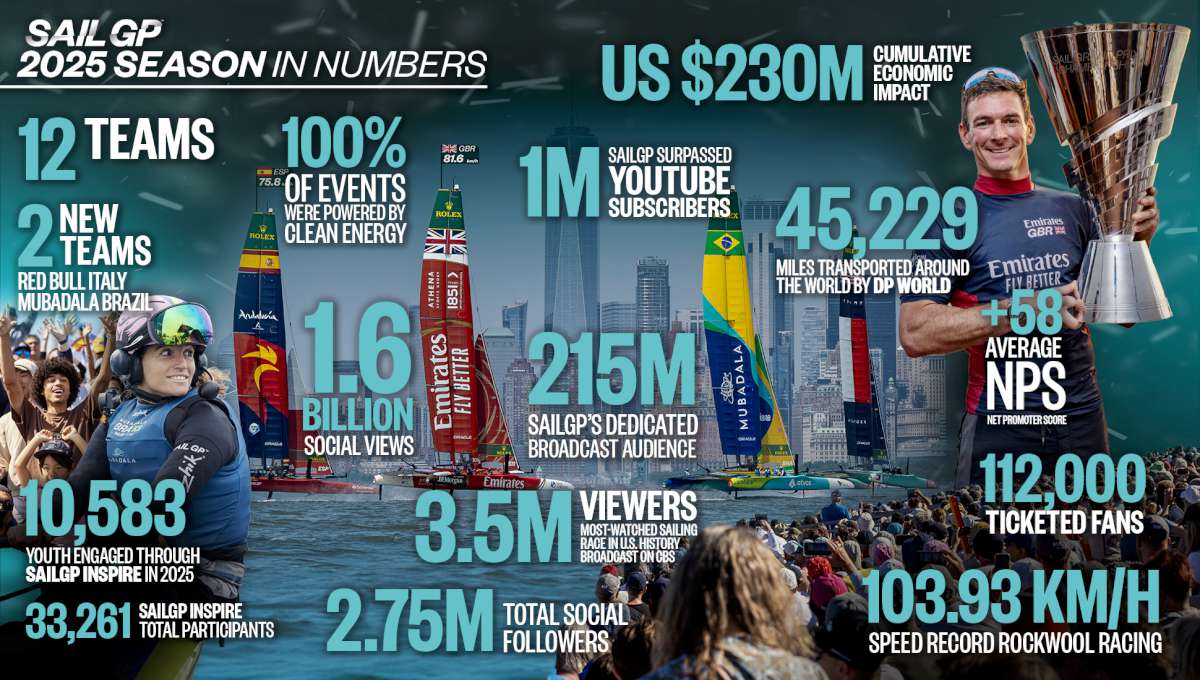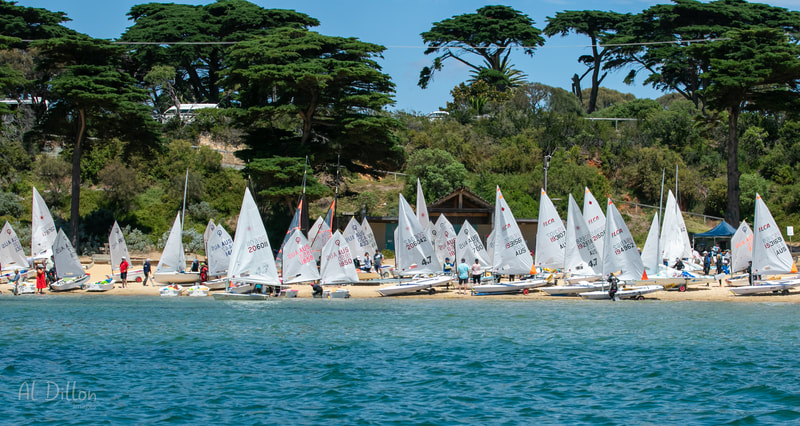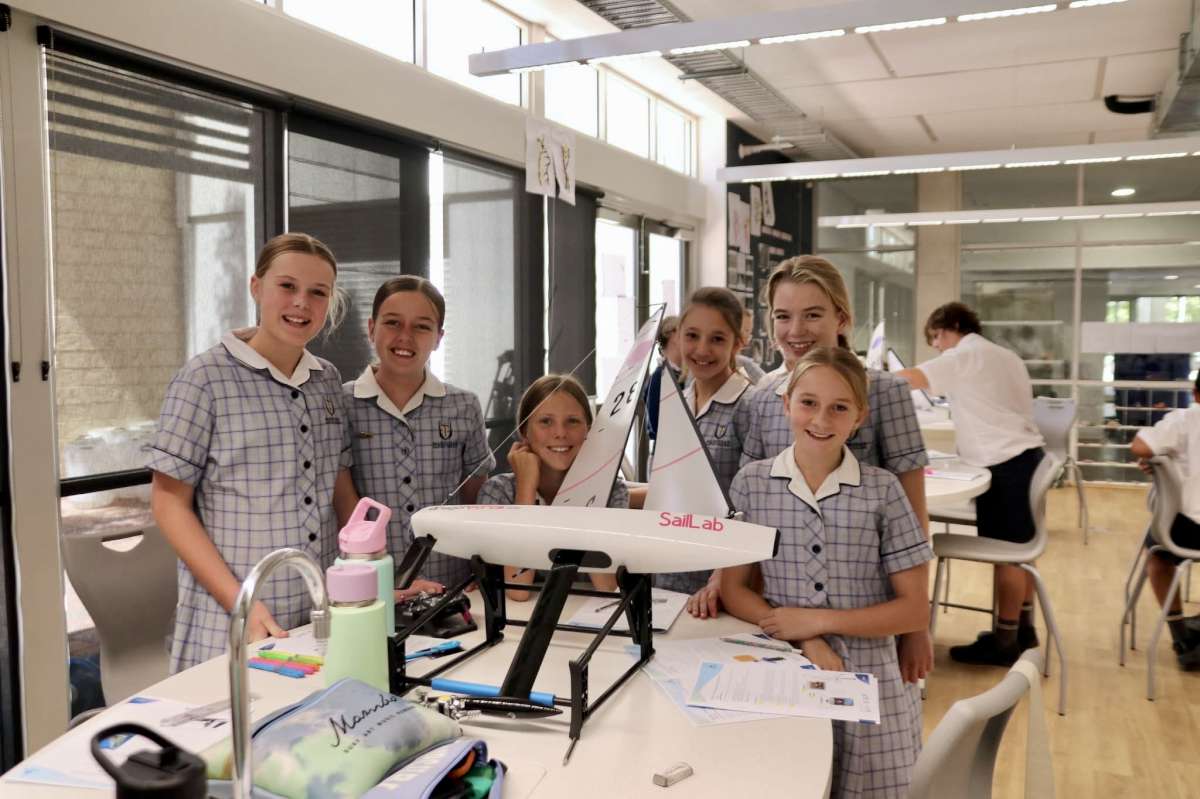Feature: Circumnavigating
Five years into a part-time world circumnavigation, Aussies Don and Agnes Reed reflect on the destinations they have visited and the options open to the would-be circumnavigator.
A voyage from Australia around the world could be done in two and a half years, but you would be looking at a lot of ocean and be rushing through some fantastic cruising areas.
We left Mooloolaba in Queensland in May 2003 in our Adams ketch Honey Moon and are still underway ð at the time of writing in the Caribbean. We have chosen part-time cruising and have been able to take time out from our cruising life and return to Australia by air occasionally to catch up with family and friends, and when we did this we hauled the yacht out in Turkey and Holland during the European winters.

Anyone for tea? Plantations in Sri Lanka.
Your departure from the eastern Australian coast is determined by the Queensland cyclone season in December to April. Most yachts head north leaving after April, and the easy run up the Queensland coast with the SE trades can have you in Darwin ready to face the first choices.
Options
One option for those going to Europe via the Red Sea is to go through Indonesia towards Singapore and on through Malaysia to Thailand, and yachts doing this route normally leave Darwin around August. This route to Thailand via Indonesia is mostly day-sailing apart from a few three-day hops and overnighters. The unsettled thundery weather in October in the Malaccan Straits, Malaysia, is a far bigger danger than the pirates, who have not bothered yachts for years in this area.
Another option is to sail to Bali, Christmas Island and Cocos Keeling and then up to Langkawi in Malaysia. Your objective is to be in Thailand by December because most yachts leave in early January for the hops across the Indian Ocean. The other option is to go to Europe or the Caribbean via the Cape of Good Hope and South America. We chose the Indonesia/Red Sea route.

Honey Moon in the French canals.
Thailand
Many cruising yachts decided to stay in Thailand for a year because of its attractions: friendly people, interesting cruising waters and reasonable priced yacht repairs as well as land travel options to other nearby countries. We decided this area is easily reached from Australia, so we left Thailand after New Year's Eve.
Thailand to Sri Lanka or India is the first of longer passages of 1200nm, with a short interesting stop for land travel in Sri Lanka. The next passage, to the Maldives, is 420 miles and then Oman a farther 1200 miles. Gearing your passages to arrive in February should help you to find favourable winds and avoid any tropical storms in the Indian Ocean. Many yachts used the stop in Salala, Oman, to restock and gather for the run through the Gulf of Aden to Aden and through the short but risky pirate zone.
For the passage up the Red Sea during March and April, one can expect more than half of the 1000nm to be winds on the nose, but the Red Sea's reputation of being a difficult passage needs to considered in the light of improved weather forecasting. Armed with better forecasts, today's yachtsman can pick a lull between the stronger winds and by using the daily shift of winds from NW in the morning on one tack and then the afternoon NE trend to head back to the coast, make comfortable progress north as well as motoring in the lighter winds. There are plenty of fascinating safe anchorages to wait out the stronger headwinds and one is finally rewarded with the welcoming safe modern marina at Hurgada, Abutig in Egypt. Very few yachts failed to take advantage of the month of very reasonable marina rates to relax and explore more of Egypt by land. The advantage of hovering here is that it also gives the European spring a chance to warm up the Mediterranean by May.

Sight to see . . . the limestone flows in Pumakkale, Turkey.
Mediterranean
With the first year of cruising complete, the delights of the many Mediterranean countries for the summer await after the Suez Canal. Some cruisers turn right after the Suez Canal and explore Israel, but we chose to head directly for Turkey. This is a fantastic cruising area. Decisions await you here too because continuing on through the Med will position you at Gibraltar and to the Canaries ready to cross the Atlantic by December. We chose to linger in the Mediterranean for two more summers, hauling the yacht out in Turkey in October. Returning to the yacht in April after a trip home we continued westward and visited Greece, Croatia and Italy, including Venice.

The historic village of Thira on the Greek Island of Santorini.
The canals
Another detour to Northern Europe via the canals of France, Belgium and Holland made our trip around the world one and a half years longer but allowed us to explore more of Europe in a delightful way. We entered the canal system in August near Marseille in France and were hauled out in Holland by November. From Holland the following summer one could explore Norway and Sweden, which we chose, or sail a loop towards St Petersburg. The European winter allowed us again time to fly home to Australia and leave the yacht hauled out in Holland. By May the following year we returned to continue cruising.

Don returns to Honey Moon after completing customs clearance into Singapore.
Scotland
Before crossing the Atlantic in December we had time to do a detour through Scotland and Ireland, across the Bay of Biscay by early August and a leisurely cruise around the NW tip of Spain and down the Portuguese coast, a quick stop in Morocco and on to the Canary islands, arriving in late September, to meet many yachts coming directly from the Mediterranean.

One must-visit . . . orangutans at rehabilitation park in Kumai National Park in Indonesia.
Panama Canal
The cruising season in the Caribbean is January to June; however, for those heading directly to the Panama Canal there is only time-limited cruising in the Caribbean because one needs to be through the canal by March or April ready for the last dash. You can keep moving across the Pacific Ocean comfortably and be back on the Australian coast by November just before the cyclone season unless you detour to New Zealand.
As well as careful planning a successful voyage will be enhanced with a sound ship that can beat to windward if needed, a decent engine and a crew with some commonsense, a good dose of humility and a respect for the forces of nature. The key is to be at the right place at the right time, and take some time to enjoy the special places your yacht can take you to.
AUTHORS BIO.

Agnes Reed
Agnes and Don left Australia on their yacht Honey Moon in 2002 and have since sailed 80,000nm. At the time of writing were in the Caribbean, after cruising to the Med via the Red Sea, then through the French canals to Holland, Scandinavia and on to Spain via Scotland and Ireland. Previously they cruised the Australian east coast and South Pacific islands and circled the Pacific via Japan and Alaska. They cite Jimmy Cornell's World Cruising Routes and www.noonsite. com as essential references.
Don Reed
Making the cruising life appealing to your wife or partner
1. Have someone else teach her to sail, preferably in a dinghy. Many sailing schools offer courses and this will help to give her confidence and make her feel like part of the team, not just a passenger.
2. Try sailing first on a charter yacht before you commit your life savings buying a boat or all your time building a yacht.
3. Make a small achievable passage plan first. The world trip comes later.
4. If the finances and time permit, try part-time cruising with some of your family and friends.
5. Buy a comfortable yacht, preferably one that does not pound, with a dry, safe cockpit, and have systems that operate easily, including an autopilot.
6. Have some creature comforts such as a fridge and freezer, plenty of water, good light, laptop, music, movies and enough power-generating ability to use them.
7. Have some way to do washing. Not a Bamix or front-loader that takes forever. Small twin-tubs work well because they do not use a lot of water.
8. Be able to contact family and friends easily. The mobile phone works well in Australia, but as you sail farther away systems like Sailmail for emailing from the yacht and Wifi connections and using Skype accounts or similar are an economical way to stay in touch. Satellite phones are expensive to use but still an option. You can buy a prepaid card for your mobile phone in many countries, and texting is cheap.
9. Don't mix cruising and racing unless it is her passion too.
10. Don't sell the family home to go cruising. Maybe downsizing is an option. It is her anchor point and something to come back to. Also asking her to dispose of her life's treasures and keepsakes could be asking too much. Store them.
11. Each of you should have important roles. Researching destinations and navigation are often done by the partner. Take advantage of each person's skills and talents.
12. Take precautions against seasickness before you set off.
13 Stay calm and try not to yell if you have problems. It is a sure way to send her home to mother.
14. Remember sailing is like camping: when the weather is good, it's fantastic but when the weather is bad, you need the right gear to keep it enjoyable. The same applies to sailing, so you yacht needs to be comfortable in bad conditions. You can't pack up and go home.
15. Make them feel safe and in control. Show her how to stop the yacht by easing the sails and rounding up. Also be able and willing to heave-to when things get bad.
PREFERRED One must-visit . . . orangutans at rehabilitation park in Kumai National Park in Indonesia.
